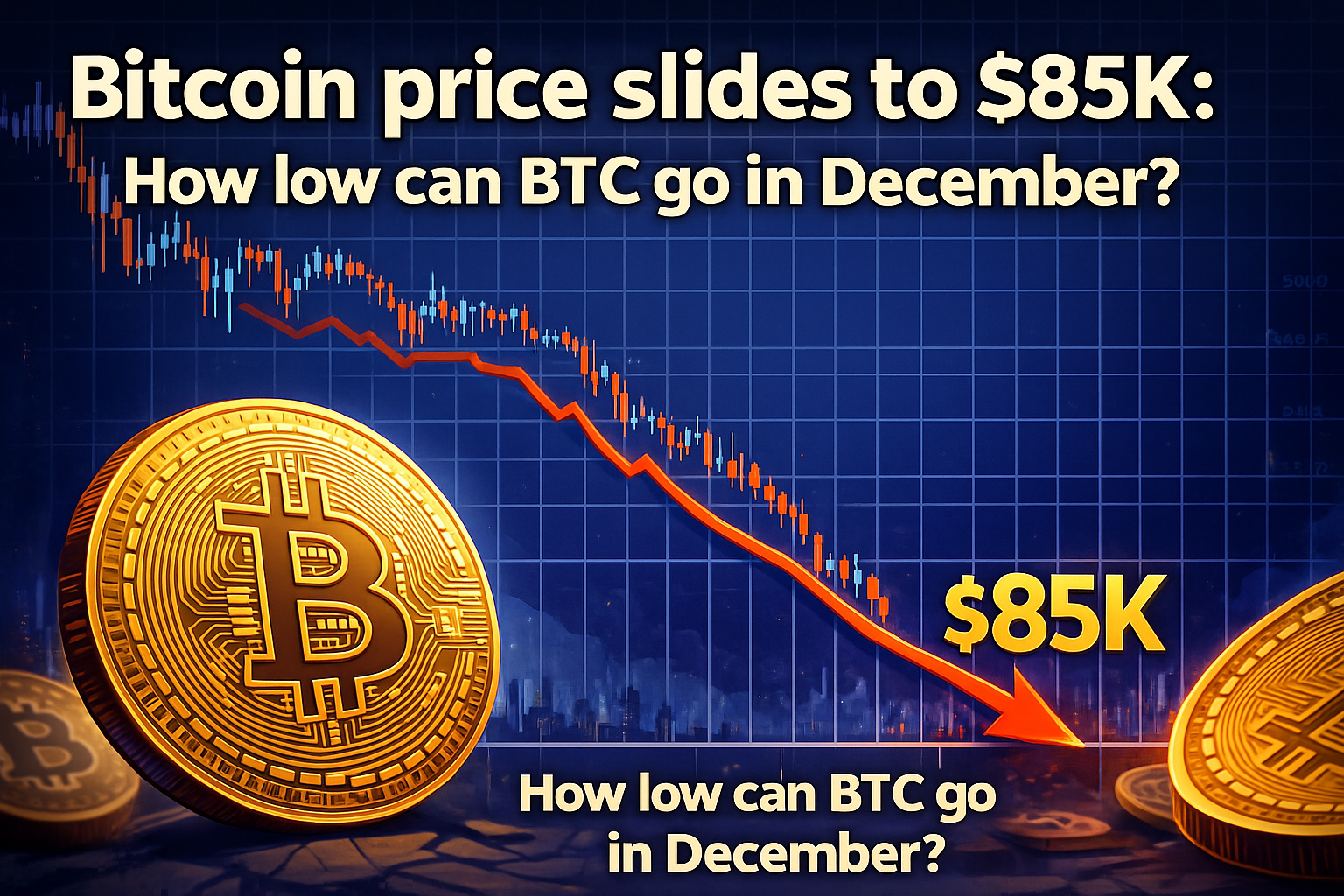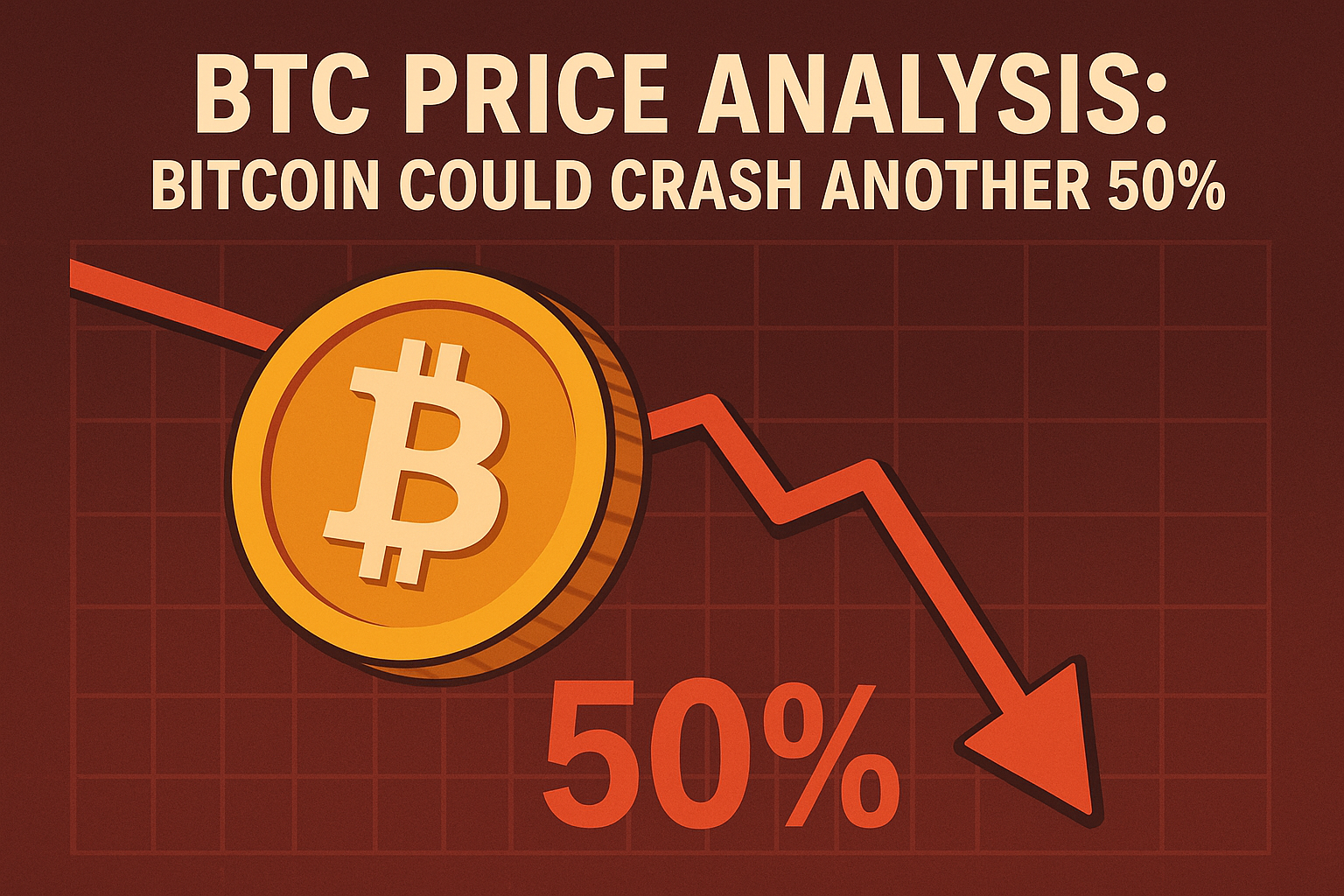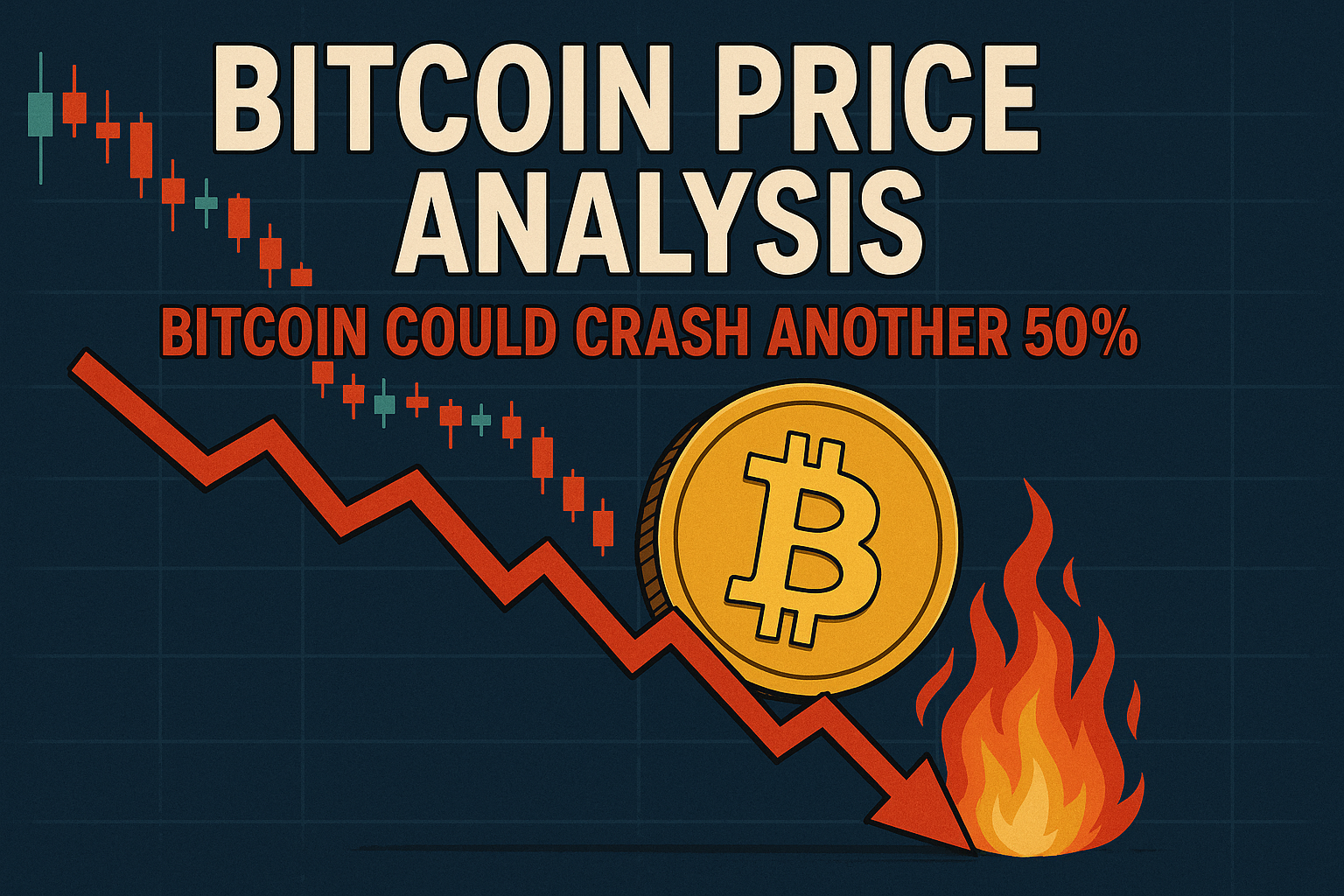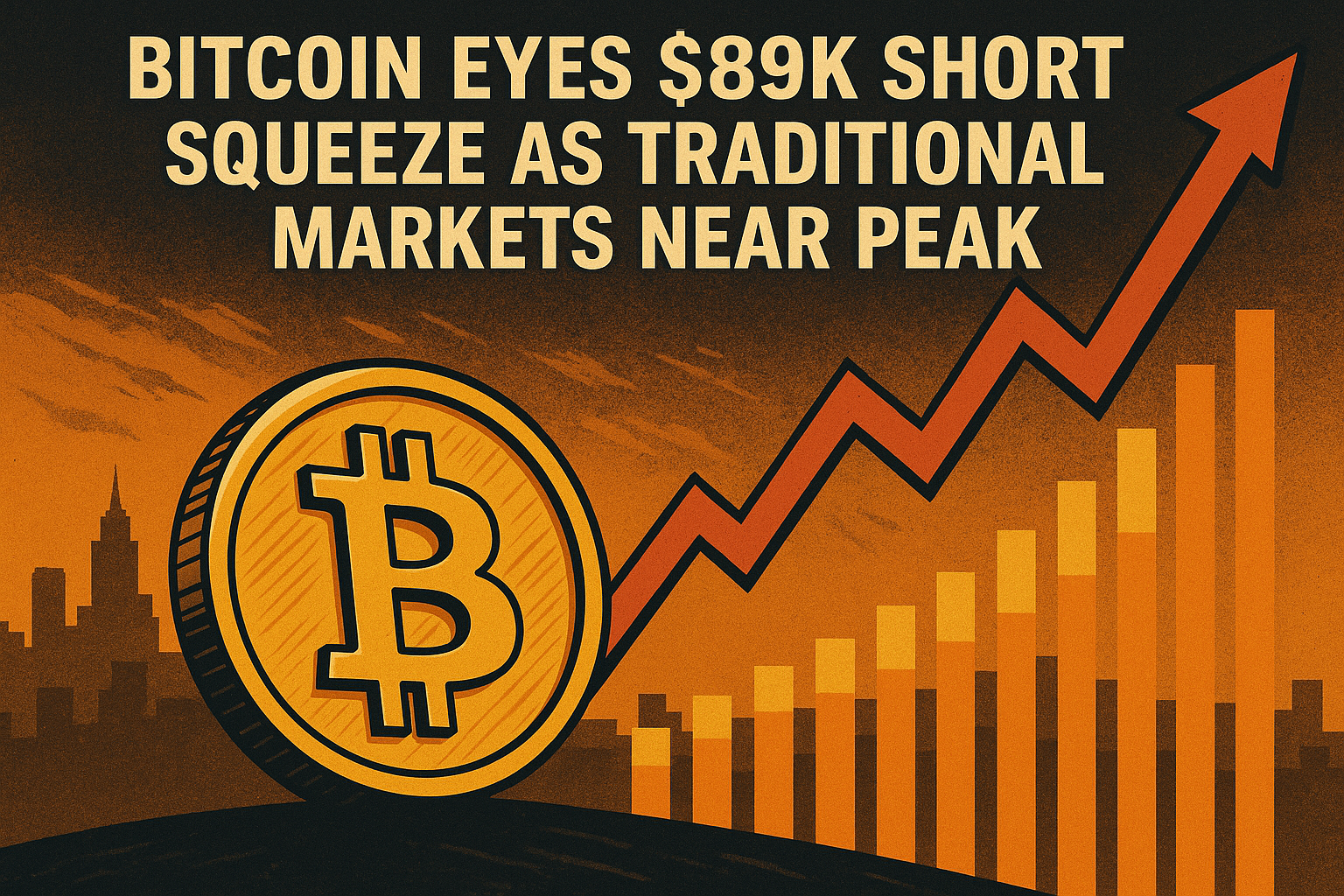Table of Contents
Since its inception, Bitcoin (BTC) has upended the financial system across many countries. It has become a digital stepping stone to free and anonymous trading and transactions. It has its fair share of crests and troughs. The crypto market bubble burst was just one of the many instances that roused doubts from skeptics, but that didn’t stop Bitcoin from evolving and expanding. Over the past decade, it has reigned in the cryptocurrency market and paved the way for the entry of more coins.
During the first half of 2021, the price of Bitcoin rose dramatically and broke $60,000. In the third quarter of the same year, the speed of increase slowed down but persisted. Its price set an all-time high upon hitting $68,789. It was no wonder trading Bitcoin created a lot of millionaires in a short period. However, the celebration did not last long, as BTC crashed in the succeeding months.
In the past year, BTC has shown indications of a potential rebound. The price has been moving sideways, but it was more geared upward. Volatility has stayed evident, but predictability has somewhat improved.
While it is still unclear whether BTC is a good inflation hedge or a safe investment, one thing is sure—Bitcoin remains a precious token in the market as it remains popular and widely used by many businesses and even government agencies.
Hence, this article will discuss how Bitcoin has behaved in the past three years. We will discuss how it has appeared to correlate with macroeconomic indicators. Also, we will weigh its historical risks and returns and compare it to some stock indices to measure its reliability as an investment. Lastly, we will predict its price trend.
Bitcoin’s Behavior Over The Years
Doubts about its volatility have surrounded Bitcoin since it began circulating in the market. Questions and criticisms intensified after the 2017 and 2018 bubble burst. Even so, BTC and the whole crypto market continued to evolve and expand as more people became drawn to it.
Anonymity and freedom were the primary reasons. However, most traders capitalized on its volatility, so many became rich by trading BTC. Its sharp ups and downs became the perfect opportunity to buy and sell BTC in the market.
What has been more noticeable in the past two years was the changing behavior of BTC. Over the past decade, we associated its volatility with market sentiments. Yet, macroeconomic changes seemed to influence recent BTC price changes greatly. We can see the inverse relationship between inflation and BTC. In 2021, BTC peaked, but price growth slowed down in the fourth quarter as inflation started to accelerate.
In 2022, inflation peaked at 9.1%, leading to a steep crash in BTC. In the subsequent months, inflation started to slow down. Meanwhile, BTC changes became more manageable, although the downtrend remained evident. It was primarily due to the series of interest rate hikes.
In 2023, we saw BTC start to rebound and eventually double. It coincided with the sustained inflation deceleration and Fed rate hike pause. But from June to September, BTC dropped again as inflation regained momentum and exceeded the 3.6% consensus. Since October, BTC has increased with a more manageable uptrend as inflation decreased again.
We can get the historical price and inflation for regression analysis to assess it better. The results adhere to our hypothesis. The Multiple R, or the correlation of 76%, shows a strong inverse correlation between inflation and BTC. Also, the analysis has a P-value of 0.0007, much lower than the maximum of 0.05. Hence, the x and y relationship is significant.
From here, we can draw two conclusions. First, inflation substantially influenced BTC in the past two years. Second, Bitcoin may not be an ideal inflation hedge. Nonetheless, it shows increased predictability of price changes, which may be suitable for risk-averse investors. Also, it will be easier to forecast price trends, allowing traders to get the perfect timing for buying and selling Bitcoin.
Is Bitcoin a strategic investment?
Bitcoin remains the leading cryptocurrency not only for its popularity and reputation but also for its size. To date, it has a market capitalization of $884.29B, almost half the total crypto market cap of 1.71T.
Crypto exchanges are also heavily reliant on BTC. They contrast FTX, which used to be the largest crypto exchange before its collapse. Its high reliance on its own token reserves could not sustain its liquidity. As such, many exchanges learned their lesson and diversified their reserves to maintain adequate assets and token reserves.
BTC may be very volatile and risky, but returns have been promising. These are much higher than the stock market. BTC returns exceeded the S&P 500 (SPX) and the NASDAQ Composite (IXIC). The table compares and weighs the risks and returns of Bitcoin and the two primary stock indices.
Using the Sharpe Ratio, we weighed and compared the risks and returns of the three investments. Clearly, Bitcoin had outstanding average annual returns over the years with 126%. It was nearly 10x higher than SPX and IXIC. This alone explains why many traders found their fortune in BTC trading.
Concerning volatility, BTC is far riskier than the stock market, given the standard deviation of 78.69%. Even so, many traders capitalized on it since wider ups and dips can also mean higher gains. And even if we weigh annual returns and standard deviation, BTC will still prevail. The Sharpe Ratio of 1.55 is about thrice as much as the two stock indices.
And given the stable BTC uptrend and improving predictability, it may be wise to open trading account in the crypto market.
Bitcoin Valuation
While we already assessed historical returns and external factors affecting BTC, it is essential to value it and predict new trends.
As BTC started to bounce back, we immediately saw a bullish outbreak using the double-bottom pattern at $29,993. It became more evident in the third week of October as it exceeded my previous resistance level of $31,000. I tested it again at $40,000 as it sped up in November and December.
There have been some dips, which the recent events in Binance may have driven. But in less than two weeks, the price made a comeback. Now, the previous resistance level appears to be the new support level.
As Bitcoin expands and macroeconomic indicators stabilize, the uptrend may be sustained. Buyers may wait for a dip of $38,884 to 40,280 to help them avoid a bull trap. For the bullish trend to persist, I am setting the new support level at $37,720-38,900. We can also develop a new resistance of $46,420-48,420. At this point, we must beware of dips within our new support level, as these may indicate potential bull traps.
Also, this may help assess whether the uptrend in the past two months can continue as we await the inflation report and the decision on whether to pause or cut rates. It may be logical since the inverse correlation between inflation and BTC is noticeable.
Bottom Line
Bitcoin continues to lead the cryptocurrency market as it becomes more of a staple for businesses and households. It continues to expand, allowing it to sustain price increases. Yet, traders may now have to watch out for macroeconomic changes, given their influence on BTC. Even so, BTC remains an attractive investment with impeccable returns and attractive upside potential.






